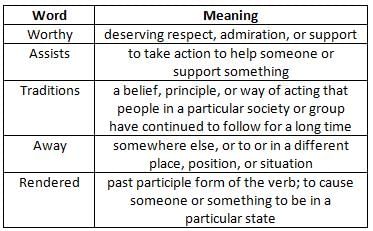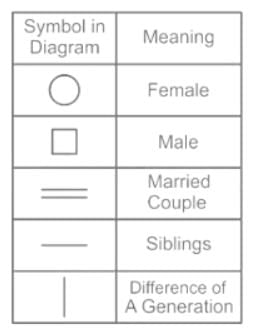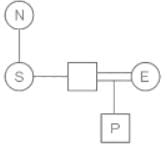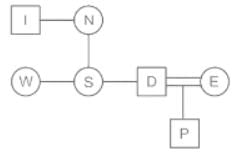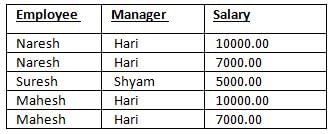SEBI Grade A (IT) Mock Test - 1 - Bank Exams MCQ
30 Questions MCQ Test - SEBI Grade A (IT) Mock Test - 1
Who has resigned as the Managing Director and CEO of Paytm Payments Bank?
What is the Reserve Bank of India's (RBI) repo rate as of the recent Monetary Policy Committee (MPC) meeting in April 2024?
Which country retained the top spot for the best place to conduct business for the 16th consecutive year according to the EIU report?
Which of the following words is similar in meaning to "amplify" in the context of the passage?
Which of the following words is opposite in meaning to "susceptible" in the context of the passage?
In the sentence, certain words are in underlined and numbered from A to E, which are the possible pairs to be interchanged. Choose the pair(s) of words which need to be interchanged to make the sentence grammatically correct and meaningful.
When, however, the human mind was (A) illumined by the torch-light of science, it came to understand that the Earth was but one of a (B) speck of stars (C) floating in (D) infinite space, a mere (E) myriad of dust.
In the following question, a small paragraph is given from which five words have been replaced with a blank. These words represented by a letter are given below the paragraph, in random order. Rearrange these words in an appropriate order so that these fit the blanks and give out a grammatically and meaningfully coherent paragraph.
All our cleverness is _________ ineffective when nature does a dance of destruction. Its fury can and will wash _________ all imperfections. Indian culture, based on Vedic treatises, in _________ human evolution, but we are using our entire energy in distorting these _________ according to our convenience instead of making efforts to make ourselves _________ of them
A. Worthy B. Assists C. Traditions D. Away E. Rendered
A sentence/part of the sentence is underlined. Five alternatives are given to the underlined part which will improve the sentence. Choose the correct alternative and choose the option corresponding to it. In case no improvement is needed, click the option corresponding to “no improvement required”
Claimed through EU Member States by disappointed energy sector investors have been a major growth industry in recent years.
The speed of the boat in still water is 15 kmph and the speed of the current is 9 kmph. It travels 6 km more downstream than upstream. The difference between the time taken by boat to travel upstream and downstream is 5 hours. Find the total distance traveled by boat.
What value will come in the place of the question mark ‘?’ in the following question?
5265 ÷ 117 + 67 × 85 - 1172 + 289 + 263 - 120 = (?)
What approximate value should come in the place of the question mark ‘?’ in the following question?
(37.5% of 1615.86)/(100.97 × 0.995) = √?
A travels 1/4th of journey on bike and remaining by car and taxi in the respective ratio of 3 : 2. If A completes whole journey in 4 hours and the distance covered by car is 18 km, then find average speed of whole journey.
Direction: In the following question, assuming the given statement to be true, find which of the conclusion(s) among the given conclusions is/are definitely true, and then give your answers accordingly.
Statement:
E ≥ H < N ≤ D = Y, H > Q = R
Conclusions:
I. Y > Q
II. D > R
How many symbols are there in the above arrangement between the 2nd element from the left end and the 3rd element from the right end?
In the above arrangement which is the 3rd element to the left of the 2nd element from the right end?
After execution of the following code, what will be the values of a, b and c?
int a,b,c;
b=1;
c=5;
a=0-(++b)+c++;
Which of the following is/are the computer malware?
I. spyware
II. keyloggers
III. ransomware
IV. trojan horses
What will be the output of the following Python code:
a = 1
if (a = 2):
print("value of a is", a)
Database table by name Employee_Records is given below

What is the output of the following SQL query?
SELECT Count(*) FROM
( ( SELECT Employee, Manager FROM Employee_Records)
AS S NATURAL JOIN
( SELECT Manager, Salary FROM Employee_Records) AS T );




